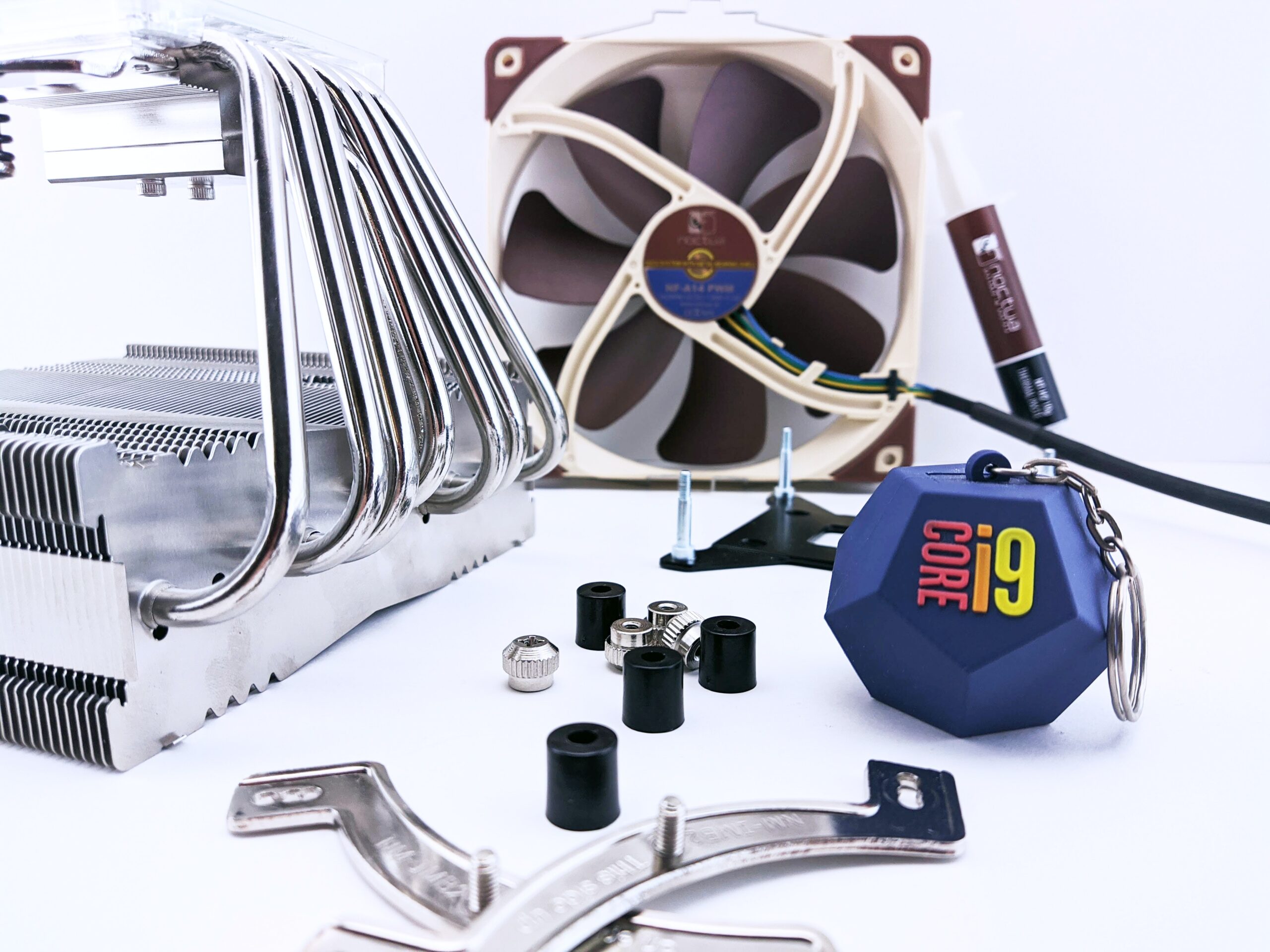Introduction
As technology advances, software and games are becoming more demanding on our computer systems. If you find that your PC is struggling to keep up with the latest programs or games, it may be time to upgrade your components. In this blog post, we will guide you through the process of upgrading your PC’s components to meet system requirements.
1. Determine Your System Requirements
The first step in upgrading your PC’s components is to determine the system requirements of the software or game you want to run. Check the official website or documentation for the minimum and recommended specifications. This will give you an idea of what components need upgrading.
2. Identify the Bottleneck
Once you know the system requirements, you need to identify the component that is causing the bottleneck. Common bottlenecks include the CPU, GPU, RAM, and storage. Use monitoring software to check the usage of these components while running the software or game.
3. Upgrade the CPU
If your CPU is the bottleneck, it may be time to upgrade to a faster and more powerful one. Research compatible CPUs for your motherboard and choose one that meets the system requirements. Follow the manufacturer’s instructions to install the new CPU.
4. Upgrade the GPU
If your GPU is the bottleneck, consider upgrading to a more powerful one. Look for a GPU that meets the system requirements and is compatible with your motherboard. Install the new GPU by following the manufacturer’s instructions.
5. Upgrade the RAM
If your system lacks sufficient RAM, upgrading it can significantly improve performance. Check the system requirements for the recommended amount of RAM and purchase compatible modules. Install the new RAM by following the instructions in your motherboard’s manual.
6. Upgrade the Storage
If your storage is slow or running out of space, consider upgrading to a faster and larger capacity drive. Solid-state drives (SSDs) are faster than traditional hard drives and can greatly improve system performance. Choose a drive that meets the system requirements and install it following the manufacturer’s instructions.
7. Test and Optimize
After upgrading your PC’s components, it’s important to test and optimize the system. Run the software or game that previously had system requirements issues and monitor the performance. Make any necessary adjustments to settings or configurations to ensure optimal performance.
Conclusion
Upgrading your PC’s components is a great way to meet system requirements and improve overall performance. By following these steps, you can identify the bottleneck and upgrade the necessary components to ensure your PC can handle the latest software and games. Remember to always research compatibility and follow manufacturer’s instructions when upgrading your PC.


